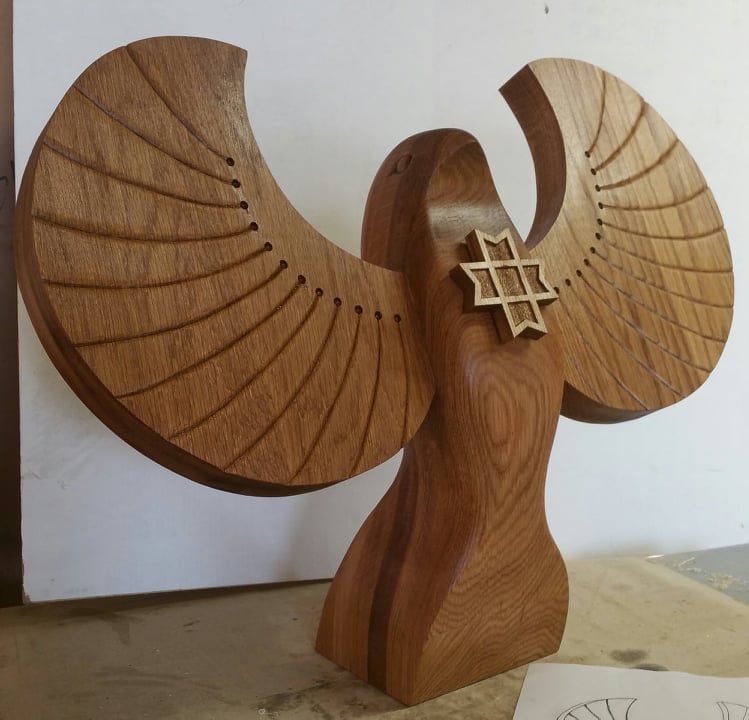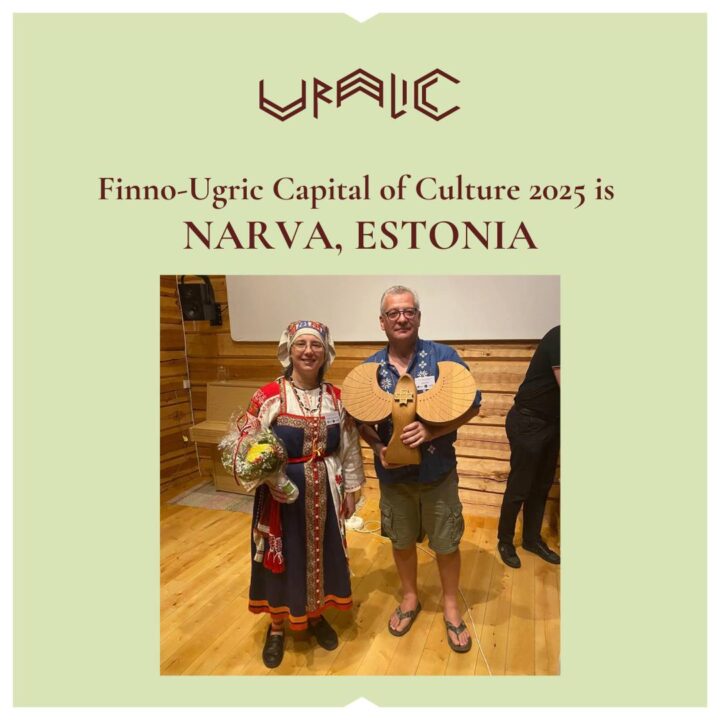Narva, Finno-Ugric Capital of Culture 2025
The title was announced on 29 June 2024 in Kuhmo, Finland. Narva is the 11th Finno-Ugric Capital of Culture.

The title of ‘Finno-Ugric Capital of Culture 2025’ was awarded to Narva, Estonia. The announcement was given in Kuhmo, the previous Capital of Culture. The announcement was part of the anniversary seminar ‘Finno-Ugric Capitals of Culture 10 years: a look into the future‘. The seminar, held in Kalevala Centre ‘Juminkeko’ on 29 June, was organised by URALIC Centre and Sukukansojen ystävät ry.
Fenno-Ugria adviser Jaak Prozes participated in the unique event inin Kuhmo, organised by Sukukansojen ystävät ry and URALIC Centre. Here he shares his impressions.
As befitted the anniversary, a summary was made of the history of cooperation between Finno-Ugric peoples, lessons learned from the work of previous Finno-Ugric Capitals of Culture. Also, the future of the cooperation was discussed. Andres Heinapuu, who has been the organiser of Finno-Ugric cooperation for decades, spoke at length about the history of cooperation between Finno-Ugric peoples. He spoke at length about the first gathering of Finno-Ugric writers in Yoshkar-Ola in 1989, the founding of the Youth Association of Finno-Ugric Peoples (MAFUN) in Yoshkar-Ola in 1990, and the first World Congress of Finno-Ugric Peoples in Syktyvkar in 1992. He also reflected somewhat on the future of cooperation between Finno-Ugric peoples. In particular, he was pessimistic about the continuation of the tradition of World Congresses of Finno-Ugric Peoples, but felt that research would certainly continue and the next Finnougrist Congress would be held in Tartu in 2025.
The presentation was followed by panel discussions, the first of which was dedicated to the history and significance of the Finno-Ugric Capitals of Culture. It was felt that the title of ‘Capital of Culture’ has been quite strong and has helped to raise the profile not only of the capital, which can be a small village, but of the whole region. It has helped to develop links between Finno-Ugric peoples and has attracted significant investment. For example, in Mari El and Udmurtia, high-quality asphalt roads leading to the capital were completed. However, a forward-looking section argued that the Capital of Culture should reach out to other regions, such as Hungarians in Romania or Finno-Ugric peoples in the US or Canada. It was felt that an effort should definitely be made to involve the Saami, which has still not been successful. It was also felt that efforts should be made to raise the profile of Finno-Ugric peoples in the world and that a lot of work needs to be done in this area, for example by making more use of social media. All participants were delighted by the Estonian-lanugages thesis ‘The impact of a quality label on a destination, using the example of the title of the Finno-Ugric Capital of Culture‘, defended this year by Silver Sild at the Pärnu College of the University of Tartu, which they promised to study diligently.
Long live Narva, the Finno-Ugric Capital of Culture 2025!



